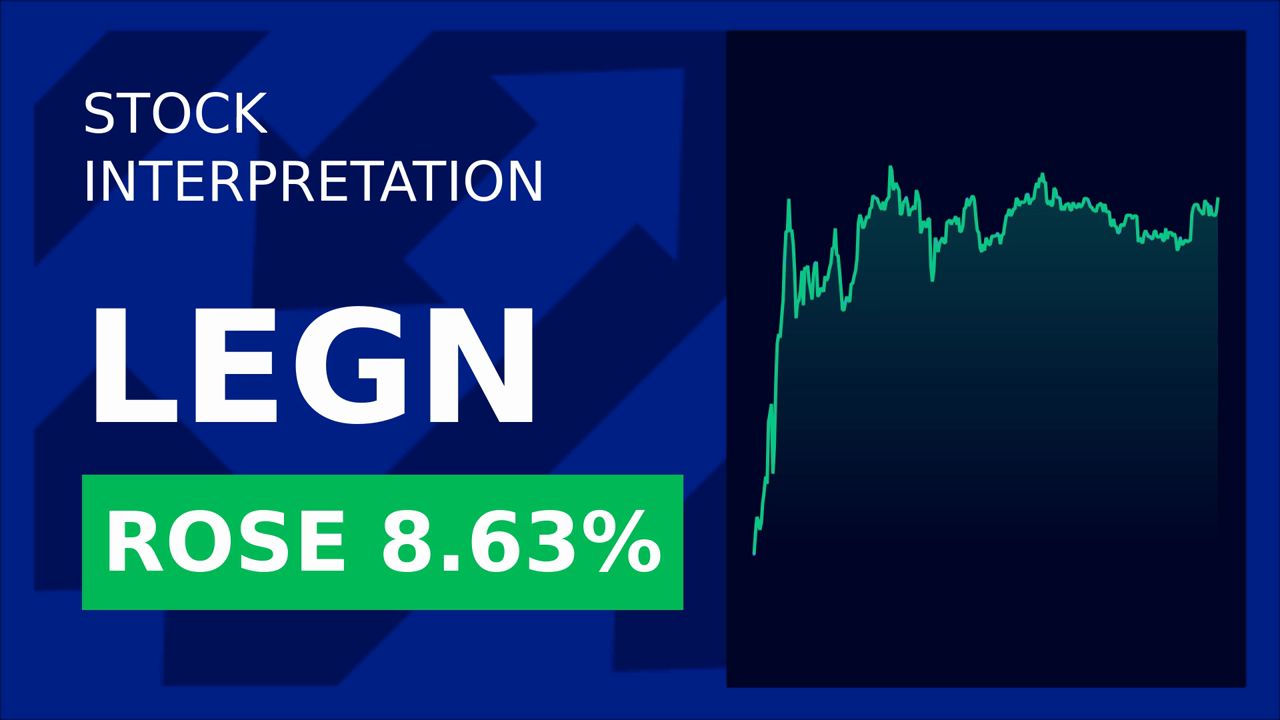Singapore Airlines Soars in December 2024: A Tale of Passenger Growth and Network Expansion
Wednesday, Jan 15, 2025 8:55 pm ET

Singapore Airlines (SIA) has reported a significant surge in passenger numbers for December 2024, marking a strong end to the year. The airline's robust growth can be attributed to several key factors, including the rebound in North Asian markets, capacity expansion, network expansion, and a strong demand for leisure travel. Let's delve into the details and explore how these factors contributed to SIA's impressive passenger growth.
SIF
| Name |
|---|
| GICS Sector |
| Date |
| Credit Card Income(USD) |
| Sifco IndustriesSIF |
| Industrials |
| -- |
| -- |
1. Rebound in North Asian markets: The full reopening of China, Hong Kong, Japan, and Taiwan led to a significant increase in passenger demand for Singapore Airlines. This rebound in North Asian markets contributed to the 37.6% year-on-year increase in passenger numbers for the airline and Scoot combined (Source: Singapore Airlines' annual net profit for the 2024 fiscal year).
2. Capacity expansion: Singapore Airlines expanded its capacity to accommodate the growing demand. The airline added three Boeing 787-10s to its fleet during the third quarter of fiscal 2024, bringing its operating fleet to 143 passenger aircraft and seven freighters (Source: Singapore Airlines' Q3 2024 business update). This fleet expansion allowed the airline to offer more seats and cater to the increased demand.
3. Network expansion: The airline reinstated services to destinations like Chongqing and Xiamen in China, and Scoot resumed flights to Kunming. Additionally, Singapore Airlines planned to ramp up flights to Fukuoka and Nagoya in Japan and launch direct flights to London's Gatwick Airport (Source: Singapore Airlines' Q3 2024 business update). These network expansions provided more options for passengers, contributing to the growth in passenger numbers.
4. Strong demand for leisure travel: The demand for leisure travel remained robust during the holiday season, further boosting passenger numbers. This is reflected in the forward sales for the last quarter of the financial year 2024 and into Q1 of 2025, which were described as "robust" by the airline (Source: Singapore Airlines' Q3 2024 business update).
The airline's network expansion and fleet modernization also played a significant role in driving passenger growth. During the first half of FY2024/25, the SIA Group expanded its network by adding new services to destinations such as Subang and Kertajati, and increasing flight frequencies to popular destinations like Beijing, Brisbane, and Tokyo. This network expansion aligned with the Group's strategy to capture market share by offering more options and flexibility to its customers, ultimately leading to a 10.8% increase in passenger numbers compared to the previous year (SIA Group, 2024).
Furthermore, the airline invested in expanding its fleet by adding four Boeing 787-10 aircraft, bringing the total operating fleet to 205 aircraft. This fleet modernization effort aimed to enhance fuel efficiency and operational flexibility, catering to the growing demand for sustainable travel options. The combination of network expansion and fleet modernization contributed to the increase in passenger numbers, as the airline was able to accommodate more travelers and offer improved services.
In conclusion, Singapore Airlines' strong passenger growth in December 2024 can be attributed to the rebound in North Asian markets, capacity expansion, network expansion, and a strong demand for leisure travel. The airline's network expansion and fleet modernization also played a significant role in driving passenger growth, as the airline was able to offer more options, flexibility, and comfort to its customers. As the airline continues to invest in its network and fleet, it is well-positioned to capitalize on the growing demand for air travel and maintain its competitive edge in the industry.









